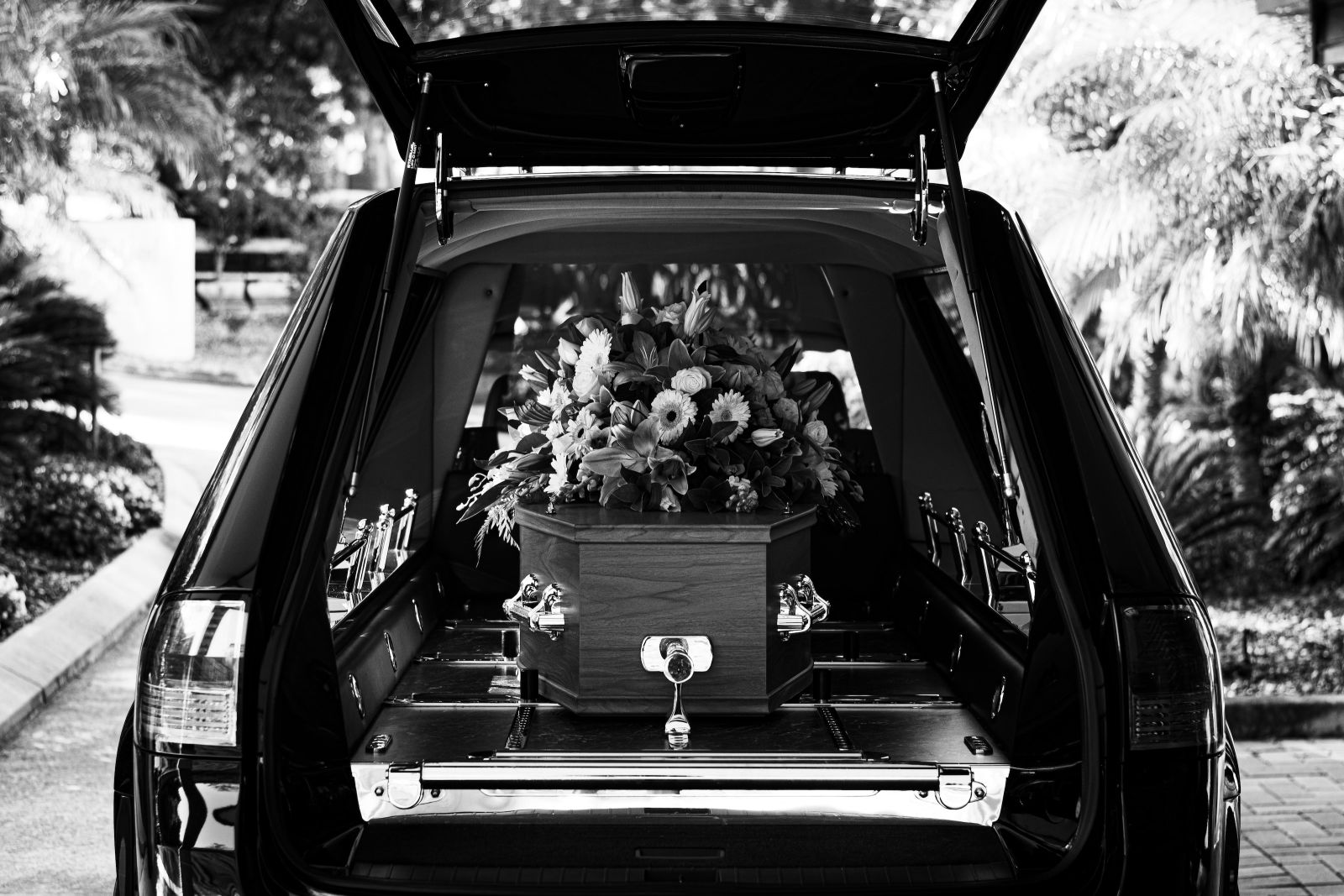How to Be a Pallbearer: Duties & Attire
When it comes to funerals, the tradition of having a pallbearer is an old and important one. Being asked to serve as a pallbearer for a deceased loved one is considered one of the greatest honors and requires much of you, as there are specific pallbearer duties you will be expected to fulfill and pallbearer attire you will need to wear.
If you've been asked to serve as a pallbearer, you may feel honor and love, as well as fear and uncertainty as to how to fill this role properly. The following guide will provide you with everything you need to know about how to be a pallbearer, what a pallbearer does, and what capabilities you will need to perform your pallbearer duties properly.
What Does a Pallbearer Do?
Pallbearers serve a crucial role, as they are tasked with physically transporting the casket of the deceased to its final resting place. Originally, pallbearers were responsible for quite literally "bearing" the casket on their shoulders from the church to the cemetery in dignity so that it could be buried. A team of six to eight pallbearers would lift the casket in unison and march together to bear their loved one's remains to their final resting place.
As the church and the cemetery are often some distance apart, this important job was usually reserved for the strongest men. Today, however, being a pallbearer has slightly evolved. Today's pallbearers often only transport the casket from the hearse to the gravesite, carrying it for just a few minutes at most. This means pallbearers need no long follow the antiquated practice of being exclusively hearty men, as anyone can also serve with distinction in this role. Pallbearers also typically no longer hoist the casket onto their shoulders but hold the casket solemnly at their sides.

What Is Accepted Pallbearer Attire?
In most cases, pallbearers are expected to dress appropriately for attending any funeral. Standard attire for male pallbearers is often considered to be a dress shirt, pants, and a suit jacket or blazer. You may or may not wear a necktie, though ties are often worn. For female pallbearers, a modest dress and shoes that you can walk in easily are an absolute must. Both male and female pallbearers should choose clothing that is darker in color. Black and dark blues are often seen as appropriate for funerals.
In general, the attire does not change drastically from regular funeral attire etiquette, with perhaps the one exception of ensuring comfortable walking shoes.
What Does a Pallbearer Do During the Funeral?
Pallbearers are hand-picked representatives of the grieving family, so be prepared to help in any way necessary above and beyond carrying the casket. If you're asked to serve as a pallbearer and you accept, you will need to be present at least half an hour before the funeral is scheduled to begin. This will provide you with enough time to get ready, speak to the funeral director and the family, and prepare to talk with guests and share your memories of the deceased.
In addition to arriving early, you should also expect to stay late after the funeral is concluded. Pallbearers are responsible for transferring the casket to the back of the hearse (under supervision of the funeral director, of course), and then unloading the casket and transporting it to the grave site upon arrival at the cemetery.
How Modern Pallbearers Can Carry the Casket
As referenced, pallbearers traditionally lifted the casket high and rested it on their shoulders, supporting the casket with their hands as they walked together. However, today there are multiple ways that pallbearers can carry a casket. The traditional method is still employed, but pallbearers can also simply reach down and lift the casket by the handles, carrying it low. This is often easier to accomplish than hefting a full casket up to the shoulder.
The key, of course, is for all pallbearers to discuss it ahead of time, to determine how it will be handled.
Caskets can also be rolled on a bier that is guided by the pallbearers, which means there's no need to physically carry it. Additionally, an honorary pallbearer will walk with the casket but is not responsible for carrying or guiding it directly. This last choice allows individuals who may not have the physical capabilities necessary for manipulating the casket. Finally, if there is no one that can handle being a pallbearer, some funeral homes offer professional pallbearer services as an alternative.
How Heavy Is a Casket for a Pallbearer?
Pallbearer duties that include physically lifting the casket can often create anxiety about how heavy the casket is for one pallbearer. It's common to have a fear of dropping a casket because you slip or because you find it too heavy. There is some merit to that fear, as an average-sized modern casket can weigh anywhere from 160 to 220 lbs. depending on its materials and construction.
This is, of course, just how heavy an empty casket is. Pallbearers should be aware that the body of the deceased can add up to 300 lbs. of additional weight to an average-sized casket. Larger individuals require even larger caskets, and that contributes to overall weight as well. This is why it's necessary to have between six and eight people to serve as pallbearers, as that distributes the weight evenly across a number of people that are capable of collectively lifting the total weight.
Can You Turn Down Being a Pallbearer?
Now that you know how to be a pallbearer, If you're asked and still feel trepidation about serving in that capacity, you may feel reticent about turning down the request. Please keep in mind that while serving as a pallbearer is an honor, choosing to forego that honor is not considered rude or insulting. It is important, however, to give your reply as soon as possible so that the person who asked you has enough time to find a replacement.
You don't have to serve as a pallbearer to help the grieving family. You can easily show your respect in another way by helping with another aspect of the funeral. Speak to the family and tell them you would be happy to serve in an alternate capacity or approach the funeral director and ask how you can help. Remember: what's important is that you honor your loved one in the best way you can. That's why being a pallbearer or knowing you can't serve as one responsibly and declining the request are ways to do so.
While you are here, have you ever considered advance planning a funeral?
Advance planning is the act of planning and even pre-paying for a funeral and burial years if not decades in advance. This practice helps ease the burden off your loved ones during their grief, and also allows you to set your own legacy by determine how you would prefer your story to be told.

